2018 News Archive
Highlighting articles from across industry, academia, medical research, and government that are relevant to TATRC's focus areas, mission and vision.
Some of these articles, websites, and hyperlinks are external and are not affiliated with the Department of Defense, and the Telemedicine & Advanced Technology Research Center.
The views, opinions and/or findings contained in this publication are those of the author(s)/company and do not necessarily reflect the views of the Department of Defense and should not be construed as an official DoD/Army position, policy or decision unless so designated by other documentation. No official endorsement should be made.
Reference herein to any specific commercial products, process, or service by trade name, trademark, manufacturer, or otherwise, does not necessarily constitute or imply its endorsement, recommendation, or favoring by the U.S. Government.
December 2018

“Change is the only constant in life.”
- Heraclitus of Ephesus, circa 500 BC
I suppose the Greeks figured it out a long time ago, so it should not surprise us how much change we are faced with on a daily basis. TATRC has certainly experienced a vast amount of change over the past year: in its leadership, its focus, and even its command! Still, the men and women who make up TATRC have accepted, adapted to, and continue to overcome the challenges that change presents to us.
Read the Article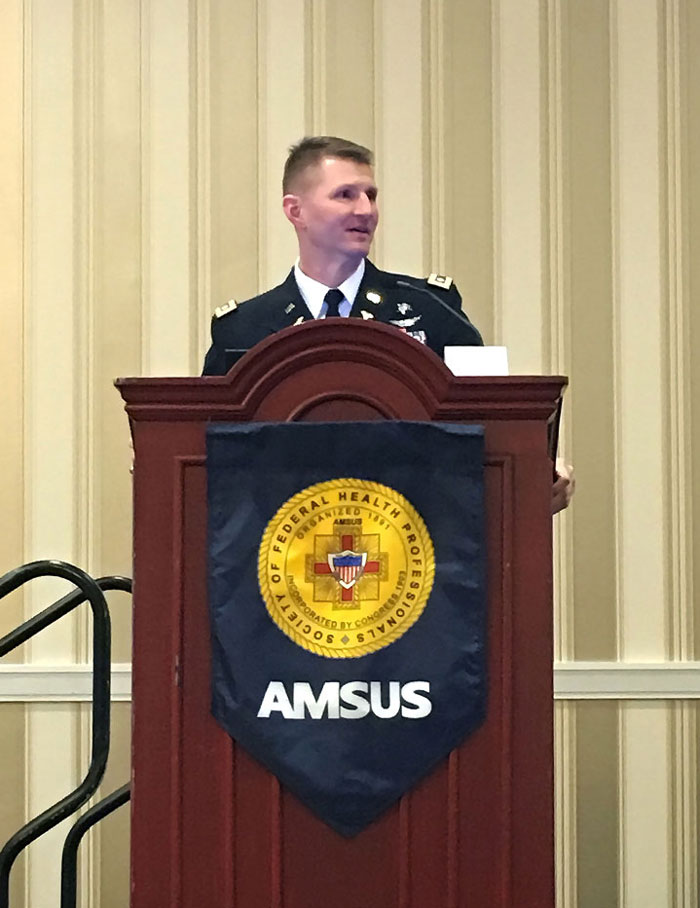
LTC(P) Jeremy Pamplin, a critical care medicine physician and TATRC’s newest Deputy Director, was a featured speaker at the 2018 Association of Military Surgeons of the United States (AMSUS) Annual Meeting.
Read the Article
Another joyful and fitting end to a highly productive year as Team TATRC celebrated their 23rd Annual Holiday Party! The TATRC staff, along with family, friends, and alumni came together over great food, great games, teambuilding activities, and the perennial favorite … TATRC’s Infamous Year in Review Holiday Slideshow!
Read the Article
We at TATRC take the Secretary of Defense’s question very seriously and have internalized the Secretary’s question in all that we do. Before proposing new efforts and/or evaluating ongoing work, we dive deeper and ask ourselves a more specific question, “How do TATRC’s knowledge and materiel products increase the Warfighters’ lethality, will, and readiness?”
Read the Article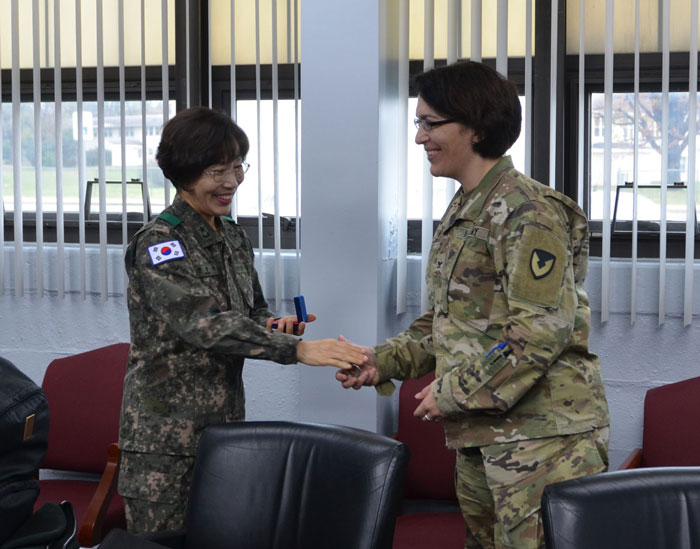
On Tuesday, 13 November, TATRC had the distinct honor of hosting three senior military leaders from the Korean Armed Forces Nursing Academy for a morning of briefings on our key initiatives and focus areas, followed by an interactive tour and demonstration of our top technologies in the areas of Simulation, Unmanned Systems and Robotics, and Operational Telemedicine.
Read the Article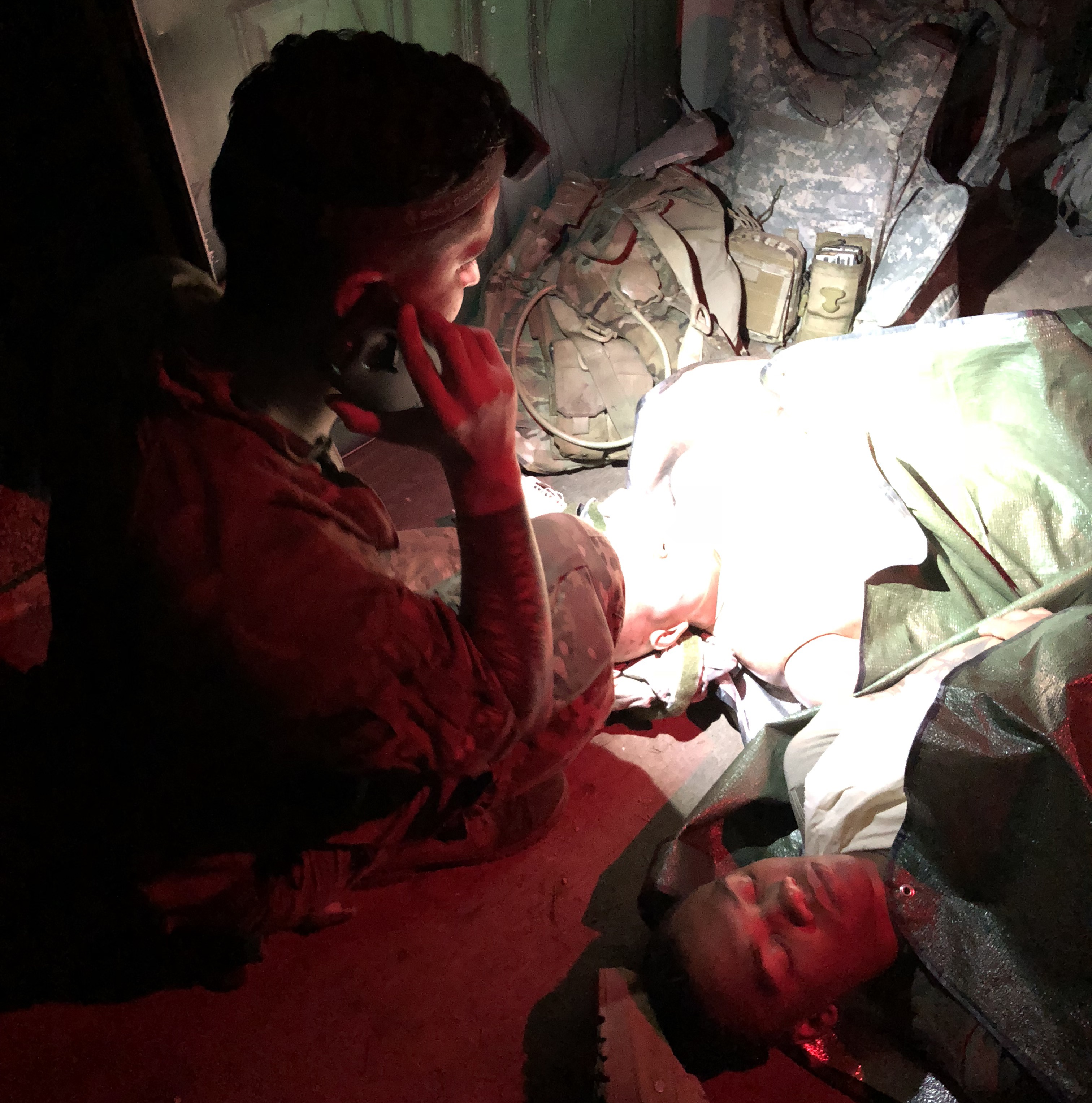
The Advanced Virtual Support for Operational Forces system, or ADVISOR, coordinated through the Army Virtual Medical Center at Brooke Army Medical Center, provides 24/7/365 on-demand telephone consultations with on-call specialty providers during emergencies.
Read the Article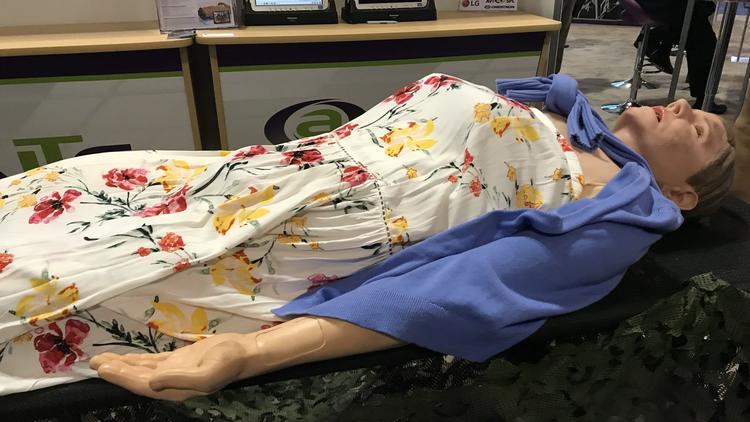
The U.S. Army has allowed women to serve in combat for about two years now, opening up new challenges for male medics who have had little training in how to treat wounded women on the battlefield.
Read the ArticleNovember 2018
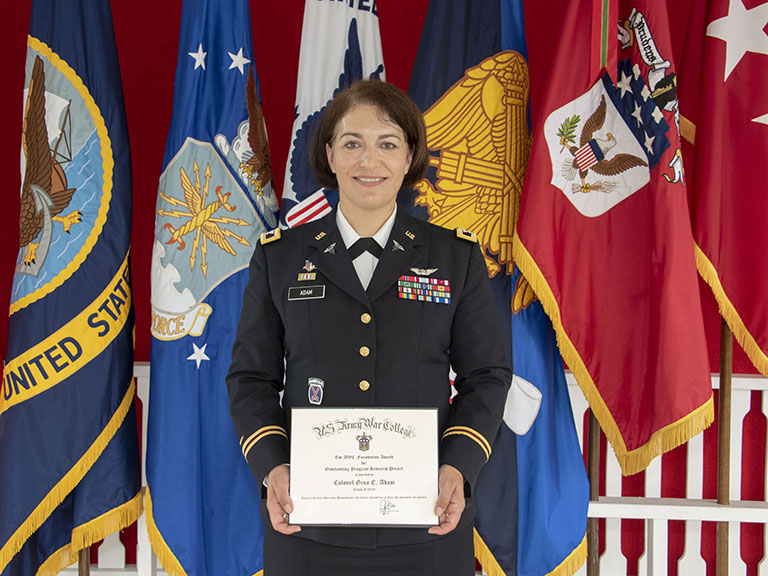
With great excitement, the staff at TATRC warmly welcomed COL Gina E. Adam, former Commander of the Cold Regions Test Center in Fort Greely, Alaska, to lead the team. COL Adam assumed Directorship from Acting Director, Mr. Tim McCarthy on 30 July.
Read the Article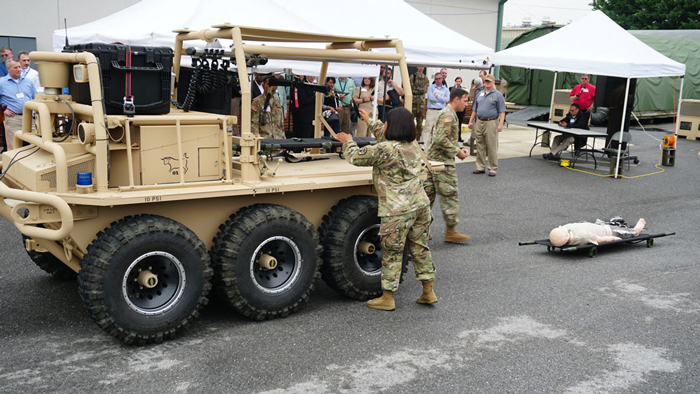
The U.S. Army Medical Research and Materiel Command’s Telemedicine and Advanced Technology Research Center (TATRC) hosted its fourth annual open house and technology demonstration at Fort Detrick 12 September.
Read the Article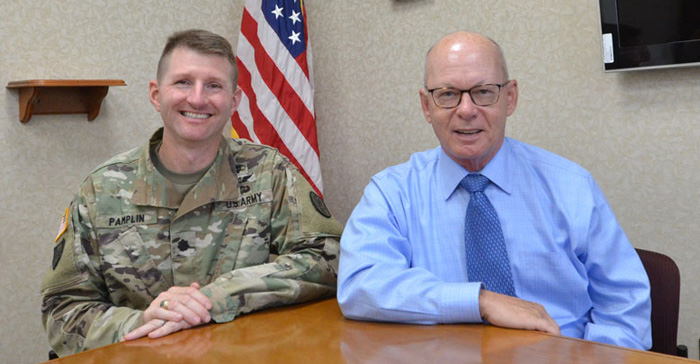
After 2 years of serving as both Deputy Director and Acting Director of TATRC, along with a dedicated life of work in the federal sector, Mr. Timothy McCarthy has retired from Civilian Service. The TATRC Times sat down with Mr. McCarthy and new incoming Deputy Director, LTC (P) Jeremy Pamplin for a collegial chat about where TATRC has been and where it is headed.
Read the Article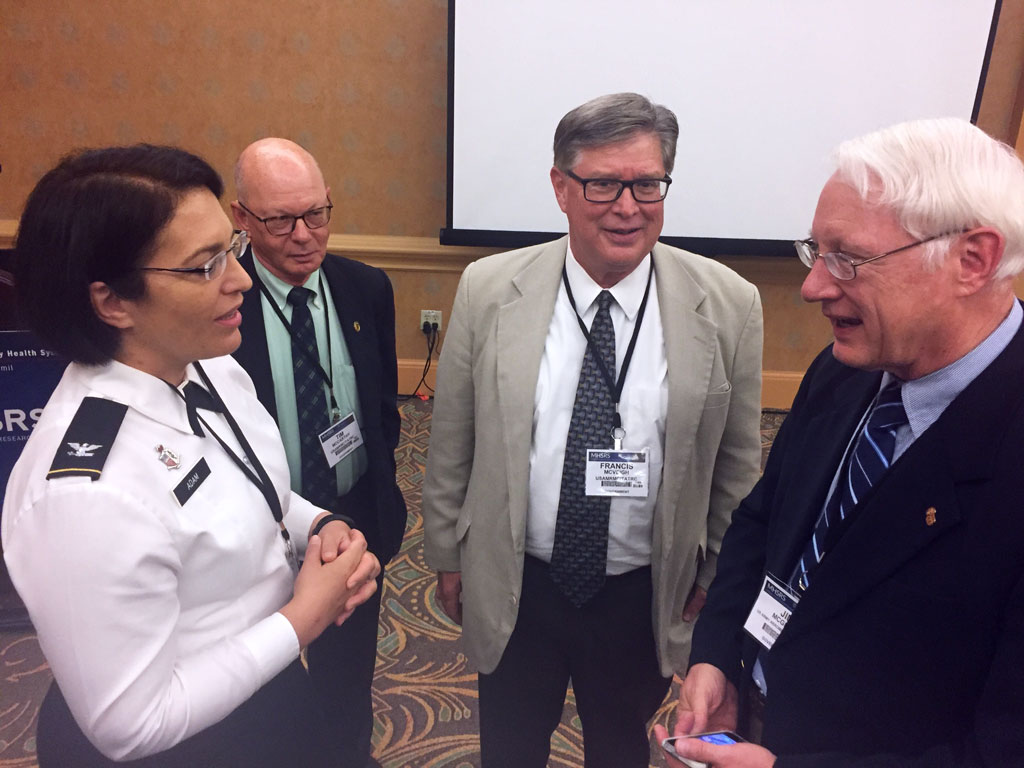
The 2018 Military Health System Research Symposium (MHSRS) offered a great opportunity for members of the TATRC team to present their current research efforts.
Read the Article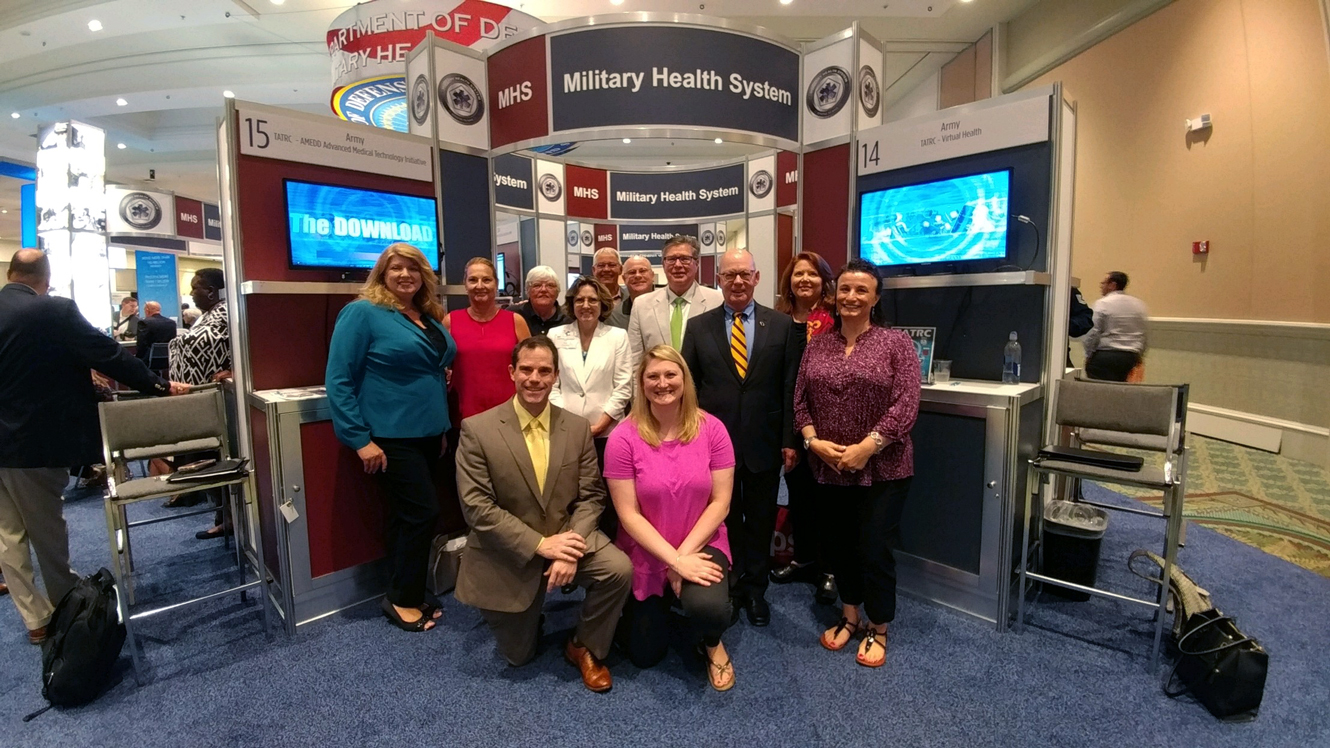
DHITS, the Defense Health Agency’s (DHA) annual IT Symposium took place 23 – 26 July this year in Orlando, Florida. Returning to the Caribe Royale Resort and Convention center for the 5th consecutive time, DHA Director, Vice Admiral Raquel Bono opened the conference this year with a message aimed at both rallying confidence and calming nerves across the enterprise.
Read the Article
Technology shapes our future and redefines our perception of normal. What was once considered science fiction is now science fact.
Read the ArticleOctober 2018

FORT BELVOIR, Va. – Senior leaders from across all of U.S. Army Medical Command converged for a leader forum at Fort Belvoir Oct. 11, 2018. The priority of the leader forum is MEDCOM’s way forward during a time of significant transformation in the overall Army.
Read the Article
(Reuters Health) - An initiative to replace the use of live animals with a human simulator for trauma surgery practice got training programs in more than 20 countries to make the switch, saving them money in the process, researchers say.
The simulators are anatomically realistic and allow trainees to practice surgical skills and invasive procedures such as chest tube insertion, airway punctures, and draining fluids from the body, the study authors write in the Journal of Surgical Education.
Read the Article
JOINT BASE LEWIS-MCCHORD, Wash. (Oct. 11, 2018) -- Medics are trained for the immediate care of the injured, wounded and seriously ill. Caring for patients for extended time periods or performing complex procedures have not traditionally been a significant part of their training. As medical techniques and equipment are pushing the bounds of their lifesaving capacity and aid is rendered in more and more austere locales, medics are required to do more before handing a patient off to the next level of care.
Read the Article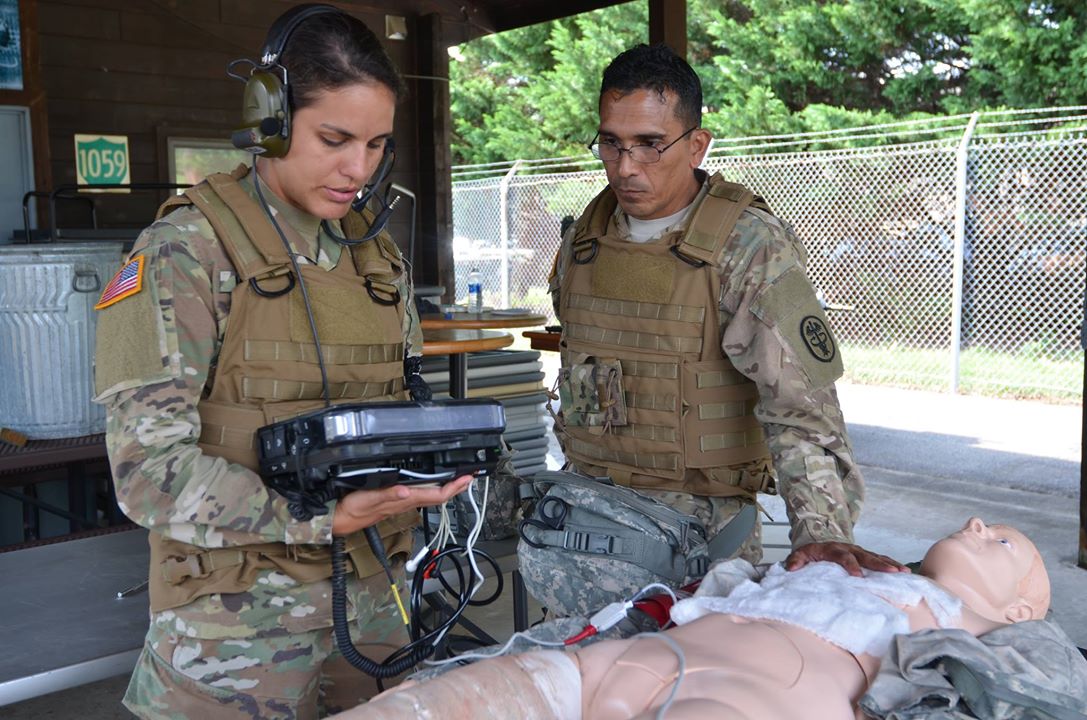
The U.S. Army Medical Research & Materiel Command’s Telemedicine and Advanced Technology Research Center, held a telesurgical consultation test and evaluation event at TATRC, 4-7 September 2018. TATRC conducted a proof-of-concept capabilities study to meet research objectives on multiple systems to perform tactical telemedicine & communications integration testing, as well as operational and technical proof-of-concept research objectives for Prolonged Care.
Read the Article
FORT BENNING, Ga. -- Personnel from the office of the Program Executive Officer for Simulation, Training and Instrumentation, or PEO STRI, brought new, technologically advanced medical training mannequins to Fort Benning Oct. 1 to increase the realism of medical trauma training and ultimately save lives and limbs.
The mannequin, which is called a Tactical Combat Casualty Care Exportable, or TC3X, can scream, breathe, bleed and move, and it has arteries, lungs and a blivet for storing fake blood when the mannequin bleeds.
Read the Article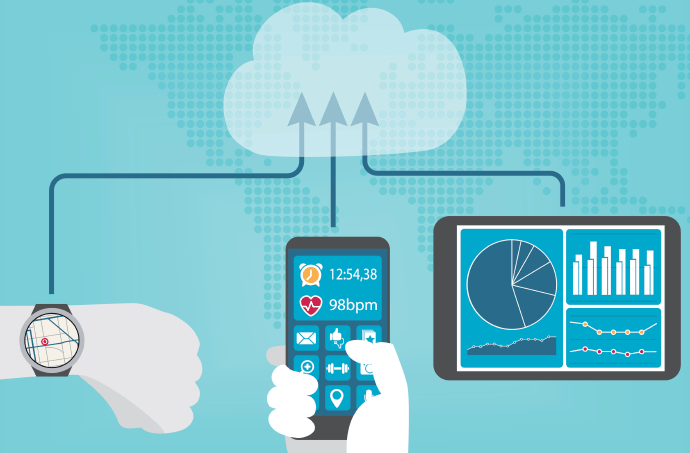
The US Army will be using more than 500 Fitbit activity trackers in a remote patient monitoring program at two military hospitals.
The US Army Medical Research Acquisition Activity (USAMRAA) is budgeting almost $81,000 to purchase the mHealth wearables through a sole-source contract. Some 540 Fitbit Charge 2 activity trackers will be used in an RPM pilot program at Brooke Army Medical Center in San Antonio, Texas, and Walter Reed National Medical Center in Washington DC.
Read the ArticleAugust 2018

The 2018 Military Health System Research Symposium (MHSRS) offered a great opportunity for members of the TATRC team to present their current research efforts. The annual MHSRS took place 20 – 23 August in Kissimmee, FL and provided a unique atmosphere for TATRC to showcase some of its latest work, and to introduce our new Director to our key industry partners and stakeholders.
Read the ArticleJuly 2018

DHITS, the Defense Health Agency’s (DHA) annual IT Symposium took place 23 – 26 July this year in Orlando, Florida. Returning to the Caribe Royale Resort and Convention center for the 5th consecutive time, DHA Director, Vice Admiral Raquel Bono opened the conference this year with a message aimed at both rallying confidence and calming nerves across the enterprise.
Read the Article
Army War College graduates and faculty of the Distance Class of 2018 were honored today at the graduation ceremony at Carlisle Barracks, Pa.
Four Army War College students received awards for excellence in research and writing.
Read the Article
After serving 30 years on active duty in the Army, Ron Poropatich retired from the military, hit the Turnpike and headed home. “I wanted to get back to my alma mater, I wanted to take care of my mom and dad and I wanted to get back to these Pittsburgh roots,” he says.
Read the Article
We've seen over and over that there are tremendous health benefits to drinking coffee--even a heck of a lot of coffee--including substantial increases in lifespan.
But if you think American office workers are especially sleep-deprived and powered by caffeine, it turns out we've got nothing on the U.S. military.
Read the Article
Sleep deprivation in the forces is not uncommon, so determining the ideal amount of caffeine to consume for maximum efficiency could be key in reducing accidents.
Now the US Army and the US Department of Defense have developed software which could provide answers.
Read the Article
The Defense Health Agency will assume control of all military medical treatment facilities, beginning in October. The change effectively would shift the responsibility for all hospital and clinic operations to the Defense Department, and away from the individual services’ medical commands.
Read the Article
If you need to wake up, caffeine can help. But for the optimal jolt, how much and when?
The U.S. Army and the Department of Defense have developed an algorithm to answer that question. It’s of critical interest because soldiers may go for days without getting enough sleep or, in some cases, any sleep at all.
A perfectly timed and ideal portion of caffeine can fend off fatigue that might otherwise jeopardize a mission or put lives at risk.
Read the Article
WASHINGTON -- "We'll potentially be in a near-peer fight in the near future ... and it will be a difficult fight," said Lt. Gen. Paul A. Ostrowski, principal military deputy to the assistant secretary of the Army for Acquisition, Logistics and Technology and director of the Army Acquisition Corps, during an Association of the U.S. Army breakfast in Arlington, Virginia, July 18.
Read the Article
A senior Army modernization official said today that the service needs to look to the visionaries of Hollywood for ideas on how future tech could change the Army in 20 years.
Read the ArticleJune 2018
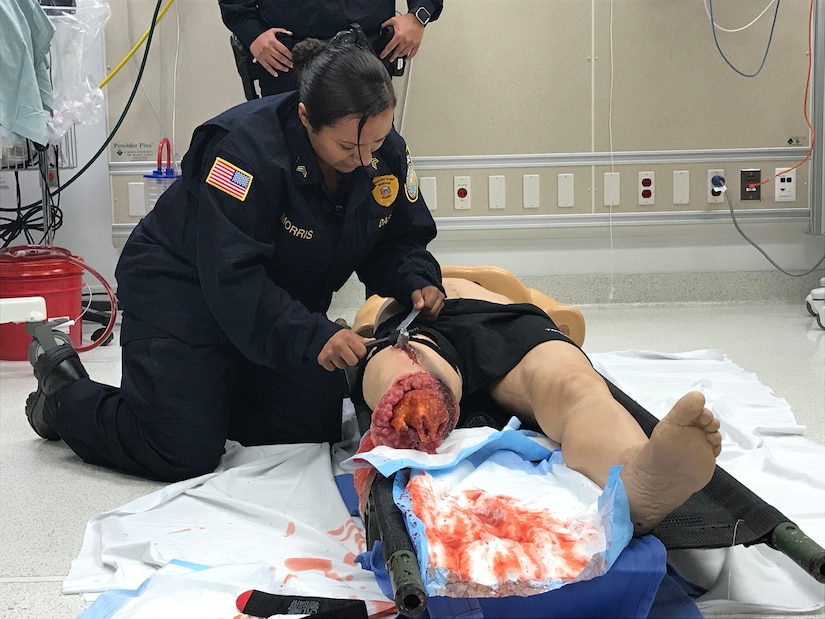
BETHESDA, Md. --Knowing what to do to save a life in the aftermath of a mass trauma event -- natural disaster, vehicle accident, or violent attack -- is now right at the touch of a button. The Uniformed Services University’s National Center for Disaster Medicine and Public Health recently launched “Stop the Bleed,” a free iPhone and Android app designed to teach users how to stop life-threatening bleeding in an emergency -- and hopefully save lives.
Read the Article
The Pentagon is in the market for an enterprise telemedicine platform.
The Military Health System (MHS) has asked the telehealth and telemedicine industry for ideas on how it can consolidate its many connected care programs onto one platform, called the Virtual Health Program, which would be able to serve millions of patients across the globe.
Read the Article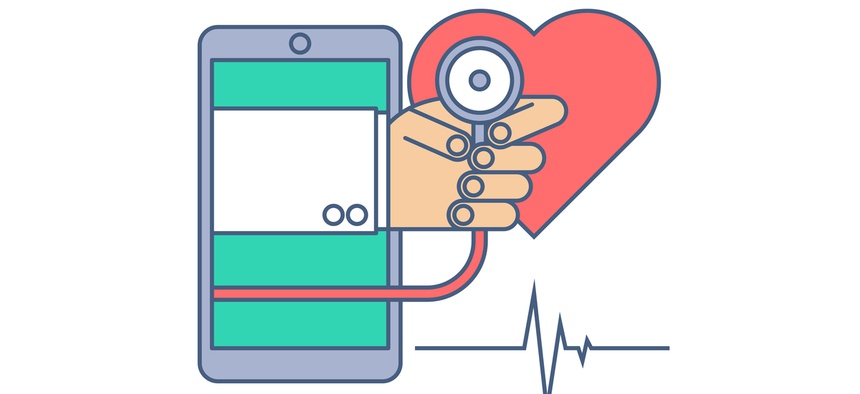
The Pentagon’s health office wants industry to weigh in on ways to make the military’s telehealth services more consistently available across its worldwide treatment facilities.
The Defense Health Agency on Thursday asked for industry’s best ideas for connecting the agency’s scattered telehealth services into a central virtual health program while building new capabilities into the system. Responses will inform the agency’s long-term acquisition decisions under its telehealth strategic plan.
Read the Article
Researchers divide us into three types of “caffeine sensitivity.” Now, an app with a new algorithm may be able to calculate the perfect caffeine dose for everyone.
Why do some people have laser focus after one cup of coffee while it seems others have to keep a pot brewing all day to just stay awake?
According to a report by Dr. J.W. Langer, a science journalist, genetic factors determine our reaction to caffeine.
Read the Article
Drinking the right amount of coffee can be a tricky task. If you don’t drink enough, you could sleepwalk through the day, but if you drink too much, you can become wired and lightheaded.
Those days may be behind us.
Read the Article
Your coffeemaker may seem like your best friend when you stumble out of bed, but is first thing in the morning really the best time to have that jolt of caffeine?
U.S. Army researchers have developed a smartphone app that can tell you by using algorithms and sleep pattern information to determine how much caffeine you should have for optimal alertness and when you should consume it.
Read the Article
Have you ever found yourself chugging coffee to stay up late studying, but then when it’s time for the exam, your mind is foggy with fatigue? Researchers from the U.S. Army have developed an algorithm that can predict the energy peaks and valleys that come from drinking caffeine, and in turn, created a web-based tool that helps you predict how alert you can expect to be based on your own sleep schedule and coffee habits.
Read the Article
Perhaps you drink coffee for the smooth, rich taste. Or maybe you crave the surge of energy from a solid caffeine hit. However you take your cup of joe, the stimulant can run riot through your system—speeding up your heartbeat and even giving you the shakes.
But, when taken at just the right time, in just the right dose, coffee can keep you alert when you’re short on shut-eye. Now, U.S. Army scientists have developed an algorithm to harness the power of the nation’s favorite tiredness-targeting stimulant.
Read the Article
According to a recent study, a newly developed algorithm may be the key to optimizing alertness with caffeine.
Caffeine is the most widely consumed stimulant to counter the effects of sleep loss on neurobehavioral performance. This study proposed an automated optimization algorithm to identify safe and effective caffeine-dosing strategies that maximize alertness under any sleep-loss condition.
Read the Article
But what’s not obvious is when and how much you should consume to achieve the best effects. That’s the focus of a new study funded by the U.S. Army and published in the Journal of Sleep Research.
Caffeine is the most widely used stimulant in the world, consumed in some form by some 90 percent of Americans each day. Studies have shown it reliably boosts performance among sleep-deprived people on cognitive tasks, even after long periods of restricted sleep. The downside is that caffeine, especially high amounts consumed over several days, can prevent sleep-deprived people from making up lost sleep, a measure known as ‘sleep debt’.
Read the Article
If you love caffeine, you may think there's never a wrong time for coffee, but a new study says there is a right time to get the most out of your daily cup.
Researchers from the United States Army developed an algorithm that makes personal recommendations for timing your caffeine consumption, so you can drink the least amount of coffee to achieve the maximum level of alertness, LiveScience reported.
Read the Article
Many people groggily pour a cup of coffee in the morning to wake themselves up. But exactly how much caffeine should you consume — and when should you take it — to achieve "peak" alertness?
A new algorithm aims to answer that question.
Read the Article
Whether to counter a rough night of sleep, or provide an afternoon jolt, around 90% of Americans consume caffeine in some form every day, according to Villanova University.
However, when and how much caffeine you ingest may impact its effectiveness.
Read the Article
Caffeine isn't always as magical as we hope.
We drink cup after cup of coffee to try to finish an important project or remain conscious during perhaps the most tedious meeting ever. Yet it doesn't always turn us into the superheroes of stamina we wish it did.
Read the Article
According to a recent study, a newly developed algorithm may be the key to optimizing alertness with caffeine.
Caffeine is the most widely consumed stimulant to counter the effects of sleep loss on neurobehavioral performance. However, to be safe and most effective, it must be consumed at the right time and in the right amount. This study proposed an automated optimization algorithm to identify safe and effective caffeine-dosing strategies that maximize alertness under any sleep-loss condition.
Read the Article
How many cups of coffee do you have a day? It's not a stretch to say that caffeine is the world's most popular drug. A recent study found that 85 percent of American adults consume the drug in some form every day, but when and how frequently should we be taking a caffeine hit to get the best effect from it?
Read the Article
Drink one cup, still drowsy. Drink more than one cup, you have unmanageable jitters. Anyone who drinks coffee knows the struggle. While you may claim to drink it for the taste, chances are its appeal lies at least in part with its caffeine content. But, like most things, it is hard to know exactly how much you are getting in your morning cup. Beyond that, most coffee drinkers cannot so easily determine how caffeine their bodies need for ideal results to begin with. But, approximation may be a thing of the past thanks to a new algorithm that determines exactly how much caffeine you need, and when to consume it.
Read the Article
The Army wants you….awake. Since at least WWII, US military scientists have been tinkering with the human brain to keep pilots, soldiers and staff alert despite lack of sleep. Their enemies have as well: The Nazis infamously plied their ranks with methamphetamines (also known as speed).
Read the Article
According to a recent study, a newly developed algorithm may be the key to optimizing alertness with caffeine.
Caffeine is the most widely consumed stimulant to counter the effects of sleep loss on neurobehavioral performance. However, to be safe and most effective, it must be consumed at the right time and in the right amount. This study proposed an automated optimization algorithm to identify safe and effective caffeine-dosing strategies that maximize alertness under any sleep-loss condition.
Read the ArticleMay 2018
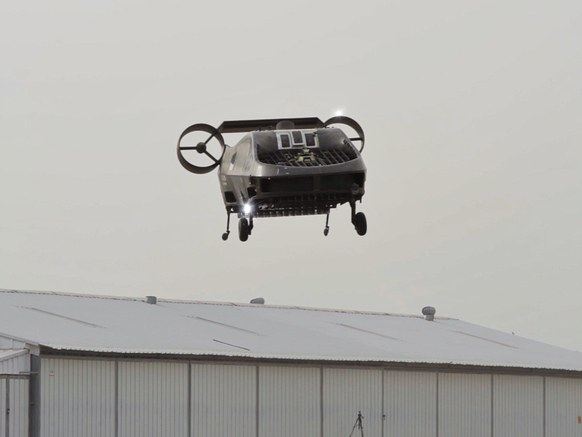
Five men in white overalls lifted the stretcher off the ground, one of them taking care to lay a clear plastic IV bag that’s connected to the patient onto his stomach. They marched him toward what looks like a black inflatable dinghy on small wheels, crossed with a fly. The stretcher was loaded in through a hatch on the side, and then the men stood back.
Read the Article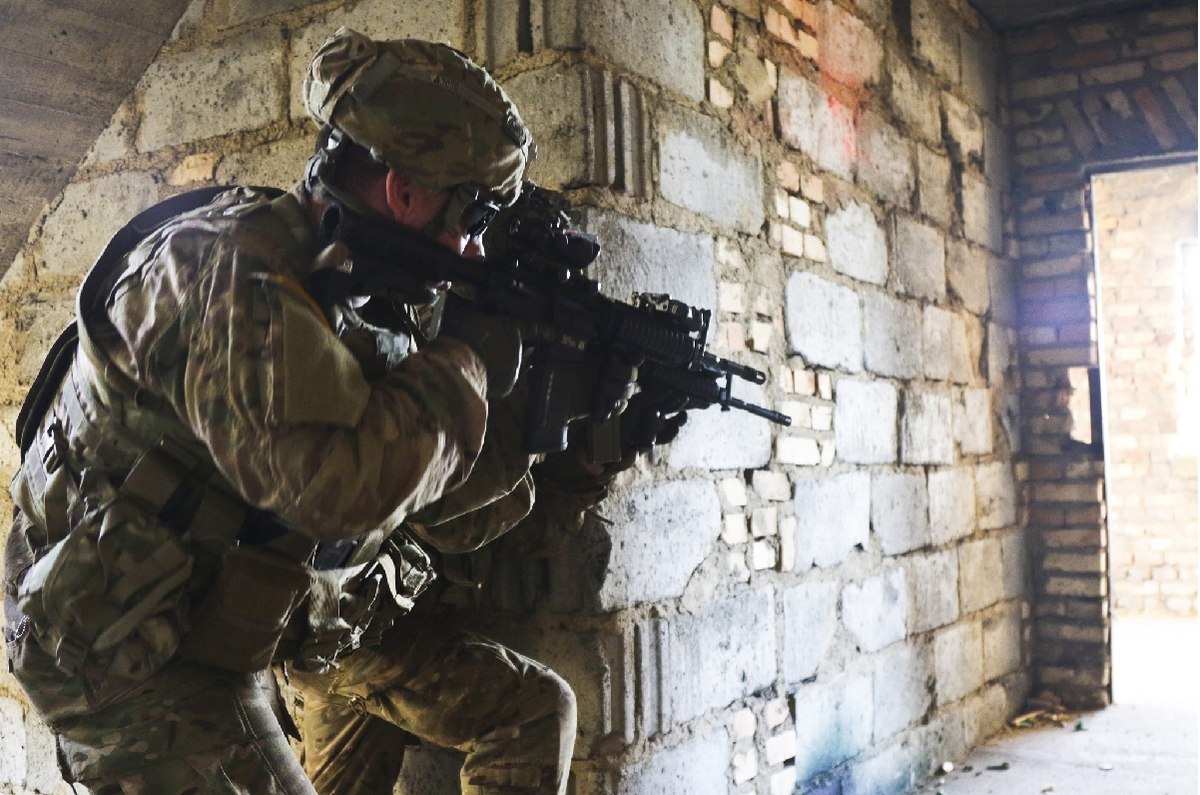
Soldiers may soon be carrying monitoring devices that can alert doctors thousands of miles away to medical emergencies and the need for treatment.
The devices may even be implanted in soldiers and continuously monitor their status, the Army’s top doctor said in describing the near future of Army medicine.
Read the Article
JOINT BASE LEWIS-MCCHORD, Wash. -- Many Army doctors may spend a fair amount of their careers practicing medicine in a large military treatment facility (MTF). But, what they must always be ready for is rendering life-saving care in the most austere of environments -- caring for the Soldier down range. For all the care they give in garrison, the Soldier on the battlefield is the ultimate priority.
Read the Article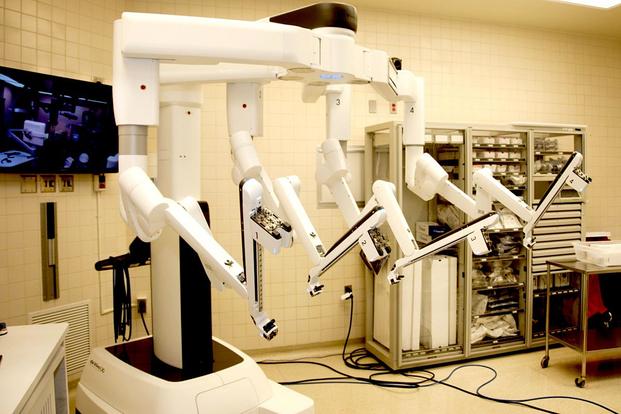
U.S. Army physicians, located far from a field hospital, could soon be performing delicate, highly specialized surgery on wounded soldiers using robotics and other forms of telemedicine.
Army Surgeon General Lt. Gen. Nadja West said recently that the demands of future battlefields will force the military medical community to prepare for operational environments that are vastly different.
Read the Article
As our nation and our military face potential threats from adversaries across the globe, medical readiness of the force remains my number one priority for Army Medicine.
We must be ready to support our Army and the joint-force in any environment; ready to adapt and apply our full spectrum of Army Medicine capabilities from injury to recovery; ready to identify and apply innovative technologies; and strengthen the physical and psychological well-being of our Soldiers, veterans and their families.
Read the Article
Today's Army faces complex, worldwide threats that set the conditions for varied missions in numerous environments -- all under continuing budget reform. Being able to medically support Soldiers anywhere in the world at any given time demands a commitment to readiness -- all the time.
Read the Article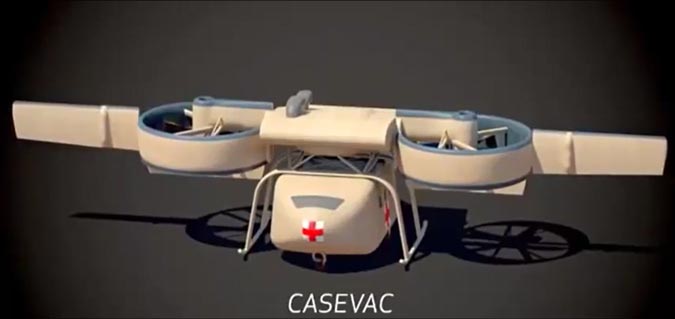
It wasn’t that long ago when the concept of the future—this time beyond time, this collection of years on the horizon somewhere—was just that, a simple concept. But as we move from Operation Iraqi Freedom (OIF) and Operation Enduring Freedom (OEF) onto a newer and more complex version of the battlefield, the future is beginning to look increasingly familiar—more and more like a direct reflection of the past.
Read the Article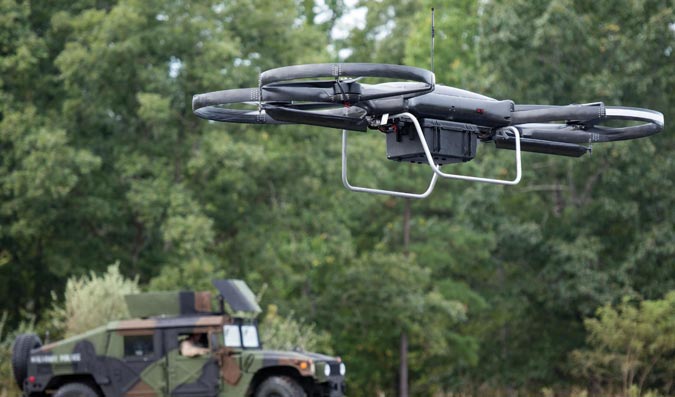
The concept of using unmanned aerial systems (UASs) to transport equipment and supplies continues to gain momentum and widespread acceptance by Army leaders. For example, the Army Operating Concept, the Robotic and Autonomous Systems Strategy, and the Army Functional Concept for Movement and Maneuver all call for developing this capability.
Read the Article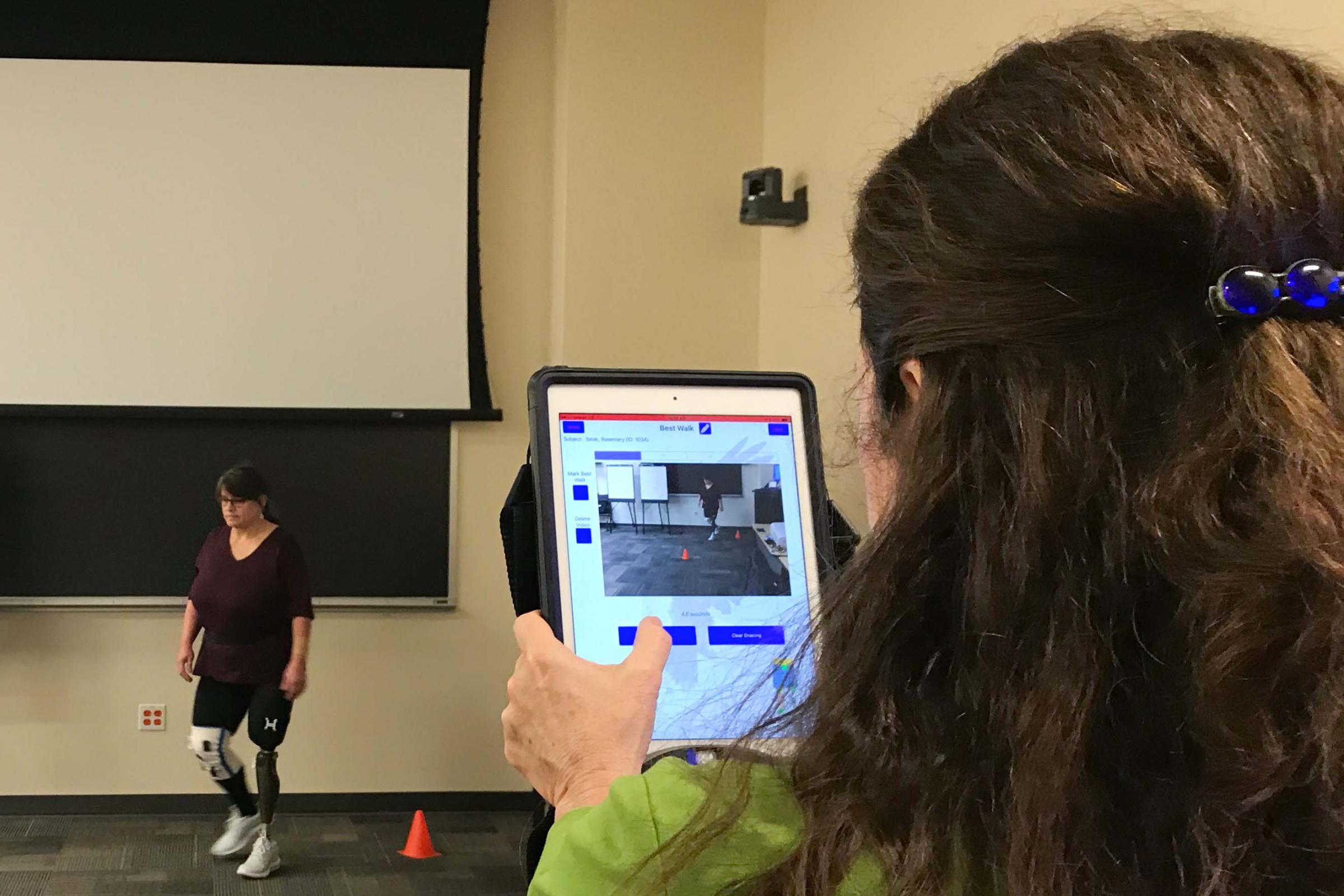
Researchers are testing a new app at the Walter Reed National Military Medical Center. The app is, called ReLoad, is designed to help veterans with prosthetic legs improve their gait.
Read the Article
Sub-lethal amounts of agent could produce symptoms that can be misdiagnosed as other common illnesses, so it is important to know what chemical warfare agents are involved in order to provide the correct medical countermeasure. ECBC's new method will improve accurate identification.
Read the ArticleApril 2018

To help modernize the DOD's medical community, the Army's surgeon general, along with the other services, have been taking the necessary steps to migrate certain authorities and control from the military departments to the Defense Health Agency.
Read the Article
The federal government has estimated that federal healthcare spending will increase 80 percent, from $918 billion in 2015 to $1.7 trillion in 2025, with one of the key IT-related factors being the Department of Veterans Affairs’ (VA) and Department of Defense’s (DoD) implementations of new EHR (electronic health record) systems.
Read the Article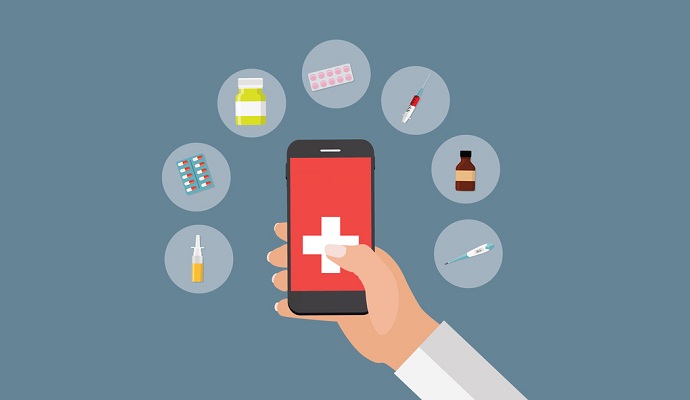
April 12, 2018 - The Defense Department is launching a new remote patient monitoring project that aims to monitor the health of armed service members through their smartphones.
The Defense Advanced Research Projects Agency (DARPA), a DoD department responsible for the development of emerging technologies for use by the military, recently awarded a $5.1 million contract to Kryptowire “to develop an advanced system for passively collecting, aggregating and managing smartphone sensor measurements in an effort to improve real-time warfighter health monitoring and predictive analytics for early disease biomarkers as part of DARPA’s Warfighter Analytics using Smartphones for Health (WASH) program.”
Read the Article
SPRINGFIELD, Va. -- Once unmanned ground combat vehicles are developed and deployed en masse, the battlefield area controlled by a brigade combat team will increase 10-fold, predicted Don Sando.
Sando, the deputy to the commanding general at the Maneuver Center of Excellence, Fort Benning, Georgia, spoke Tuesday during a National Defense Industrial Association-sponsored conference on ground robotics. He also said that in addition to providing greater lethality, these robots will save lives and will dramatically improve sustainment through autonomous re-supply.
Read the Article
SCHOFIELD BARRACKS, (Feb. 12, 2018) -- U.S. Army Soldiers and Japan Ground Self Defense Force (JGSDF) medical professionals trained shoulder to shoulder on Feb. 12 at the Medical Simulation Training Center, Schofield Barracks.
Read the Article
At Texas A&M University researchers have developed a therapeutic hydrogel for injecting into bleeding wounds that can significantly speed up the hemostasis. The new injectable hydrogel material consists of nanosilicates, which are nanoparticles made from common minerals, and a thickening agent used in food preparation called kappa carrageenan. It can be produced for pennies per dose and doesn’t require special handling procedures.
Read the Article
A groundbreaking study of nearly 4,000 trauma patients evacuated from the frontlines in Afghanistan over a six-year period offers insight that can inform decisions on team composition, staff training and skill mix on the battlefield and beyond.
Read the ArticleMarch 2018

What is it?
Establishment of the Army Futures Command is the most significant Army reorganization effort since 1973. Army Futures Command will be the fourth Army Command and will be tasked with driving the Army into the future to achieve clear overmatch in future conflicts. The Army Commands (ACOMs):
Read the Article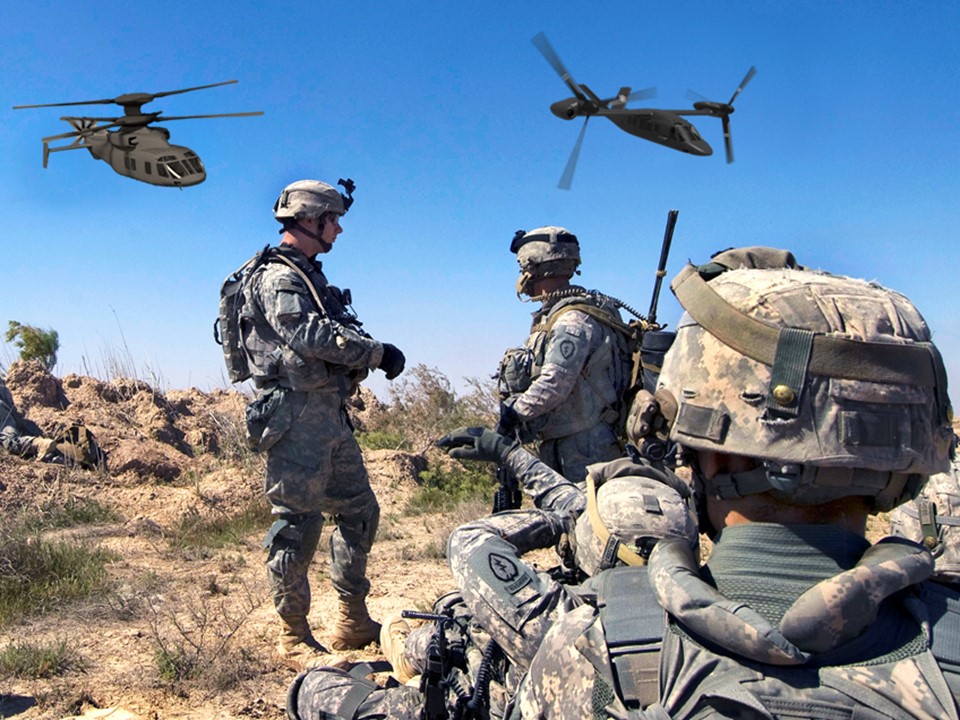
For soldiers, survival depends on out-maneuvering the enemy. While the Army's current fleet of tanks, infantry fighting vehicles and aircraft can protect soldiers against near-peer threats, these vehicles lack the critical technologies to maintain tactical overmatch in future battles.
To counter these challenges, the Army identified the next-generation combat vehicle and future vertical lift programs as the second and third priority in its six-prong modernization strategy.
Read the Article
Rice University researchers studying how different drugs, proteins, and cells embedded in peptide hydrogel can boost healing and promote tissue formation, discovered that the hydrogel itself exhibits powerful therapeutic properties. Their self-assembling multidomain peptide (MDP) with the amino acid sequence K2(SL)6K2 can be injected into tissue to provide a place for new cells to grow, the body eventually washing it away over a few weeks.
Read the Article
Las Vegas — Information technology plays a critical role in increasing transparency and making sure the right information gets to the right people. Health care systems can face challenges in achieving integrated care, but as 2018 rolls on, the Military Health System continues to work towards its goal of being a high-reliability organization.
Read the Article
HIMSS released its 2018 Cybersecurity Survey and found that most healthcare organizations continue to experience significant security incidents. As HIT cybersecurity grows more advanced, the threats have evolved to challenge sophisticated cybersecurity tools.
More then 75 percent of the healthcare organizations polled reported that they had experienced a recent significant security incident. These security incidents will continue to grow in sophistication, number, and complexity over the coming years, according to HIMSS survey authors.
Read the Article
Las Vegas – As the Defense Health Agency continues developing a more robust information technology environment, the DHA Chief Information Officer and other DHA IT leaders shared updates this week with attendees gathered for the 2018 Healthcare Information and Management Systems Society, or HIMSS conference.
Read the Article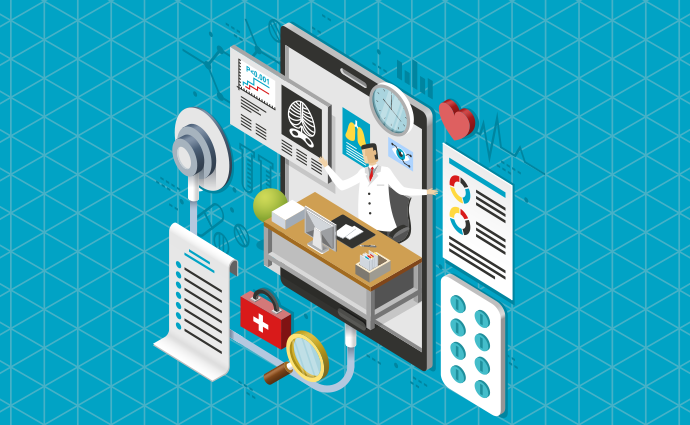
The U.S. Department of Veterans Affairs is launching a nationwide telehealth program to help rural veterans dealing with post-traumatic stress disorder (PTSD).
The pilot program, coordinated by the VA’s Office of Rural Health and its Quality Enhancement Research Initiative, will connect 12 community-based outpatient clinics (CBOCs) across the nation with veterans in need of treatment for PTSD. Care managers will first contact veterans by phone, then set up therapy sessions with available psychologists and psychiatrists through an interactive video platform.
Read the Article
WASHINGTON -- Col. Shawn C. Nessen, a trauma surgeon who served on the battlefields of Iraq in 2003 and Afghanistan from 2006 to 2008, credits three trauma care procedures as being among those responsible for saving the most lives.
All three have to do with hemorrhage control, said Nessen, who is commander of the U.S. Army Institute of Surgical Research, or USAISR, at Joint Base San Antonio, Texas.
Those procedures include greater use of tourniquets, improvements in transfusion therapy and hypothermia prevention.
Read the Article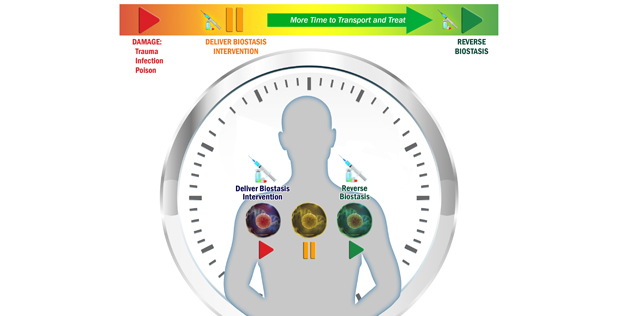
When a Service member suffers a traumatic injury or acute infection, the time from event to first medical treatment is usually the single most significant factor in determining the outcome between saving a life or not. First responders must act as quickly as possible, first to ensure a patient’s sheer survival and then to prevent permanent disability. The Department of Defense refers to this critical, initial window of time as the “golden hour,” but in many cases the opportunity to successfully intervene may extend much less than sixty minutes, which is why the military invests so heavily in moving casualties as rapidly as possible from the battlefield to suitable medical facilities. However, due to the realities of combat, there are often hard limits to the availability of rapid medical transport and care.
Read the ArticleFebruary 2018

Home healthcare providers are finding new uses for Amazon’s Alexa that go far beyond checking the weather, opening the front door, playing music and ordering pizza. The voice assistant technology platform is also becoming a valued – and valuable – mHealth aide.
Libertana Home Health, one of California’s largest home health providers, deployed Echo Dot devices programmed with Amazon Alexa at five independent living units in Valencia last year. Running on the Orbita Voice software platform, Alexa can summon a Libertana app that enables users to check their daily schedule, connect with caregivers, schedule appointments, plays games or music and even be reminded about medications and health tasks.
Read the Article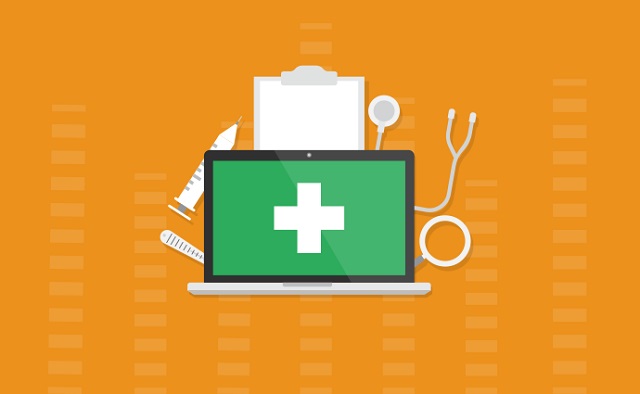
When Methodist Family Health Centers launched an asynchronous consumer-facing telehealth platform at the beginning of this year, they were more than happy to skip the video.
“It’s better for everyone,” says George Williams, MD, President of the Methodist Medical Group and Senior Vice President of the Methodist Health System, with which the 150-provider MFHC is affiliated. “People don’t have to get up and present themselves.”
Read the Article
The Department of Homeland Security is looking to telehealth to help create a tool for identifying potential biological attacks.
Five digital health programs that mine social media, news, public health and hospital data for clues to impending epidemics have been selected as finalists in the Hidden Signals Challenge, coordinated by the DHS’ Science and Technology Directorate and the Office of Health Affairs National Biosurveillance Integration Center (NBIC). The challenge seeks to identify platforms that can quickly and effectively identify an emerging biothreat.
Read the Article
FORT BLISS, Texas -- The 745th Forward Surgical Team, a detachment of the 31st Combat Support Hospital, became the Army's first unit to upgrade into a Forward Resuscitation and Surgical Team at Fort Bliss, Texas, Feb. 6.
The unit converted as part of a coordinated medical materiel fielding with the U.S. Army Medical Materiel Agency, a subordinate organization of the U.S. Army Medical Research and Materiel Command
Read the Article
In what seems like ages ago, the advent of the fax machine promised to transform the integration of health providers across the spectrum of health care in the delivery of care. Today, of course, the medium has changed but the concept is alive and well, as the use of electronic health records (EMR) is now nearly ubiquitous. According to the U.S. Department of Health and Human Services, the number of office-based physicians in the U.S. using EMR has nearly quadrupled in just a decade, rising from 24 percent in 2005 to 87 percent in 2015.
Read the Article
Telehealth and telemedicine reimbursement scored huge successes in the budget deal signed into law by President Donald Trump, with one senator saying the law does more for Medicare coverage of telehealth than any past legislation.
Read the Article
There have been a number of techniques recently developed for printing objects with living cells inside of them. The technology can lead to custom tissue replacements and other medical applications, but all these methods are quite slow. That’s because living cells have to somehow be carefully moved through microfluidic channels to mix with other components, such as a structural material, and then onward to a nozzle that does the actual printing.
Read the Article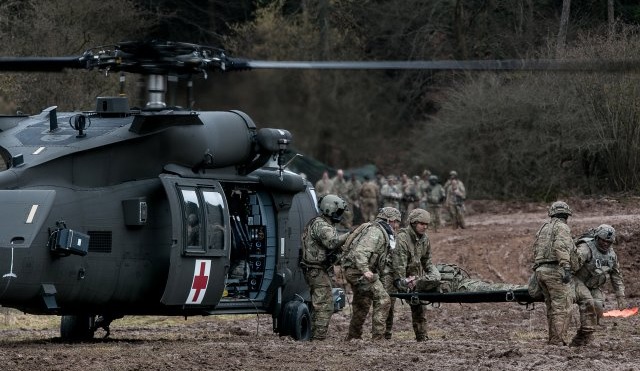
HOHENFELS TRAINING AREA, Germany -- When people are ill or injured, they typically go to their local doctor for care or treatment. However, when Soldiers are ill or injured in a combat environment, they depend on the healing hands of their combat medics.
Read the ArticleJanuary 2018
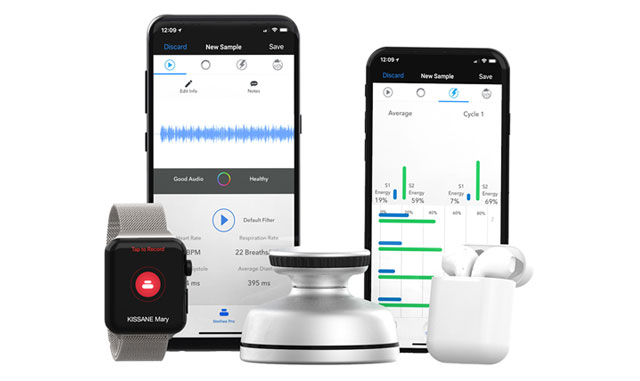
M3DICINE, a Brisbane, Australia firm, just launched an “AI enabled” electronic stethoscope called Stethee. The device, which we originally profiled a few years ago while it was still a Kickstarter project, can be used like a traditional stethoscope to auscultate patients, but to also amplify, filter, and record sounds, as well as to analyze the sounds with an accompanying smartphone app.
Read the Article
Telehealth adoption rates are growing and organizations continue to add technology to their telehealth programs. This increases the need for telehealth video tools that are HIPAA compliant and easy to use.
Read the Article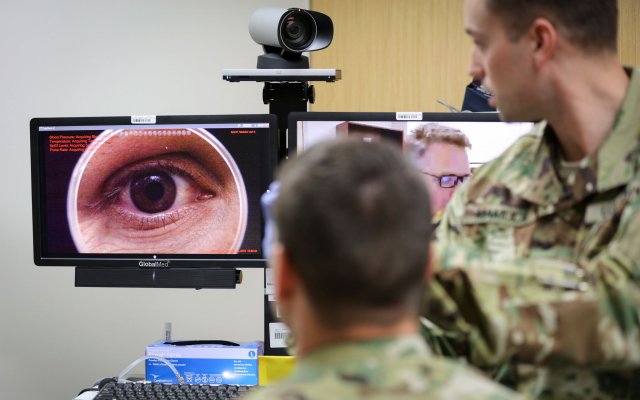
WASHINGTON -- In 2017, there were approximately 40,000 virtual health encounters across the Army in both deployed and garrison settings, said Dr. Colleen Rye, chief of Army Virtual Health.
That's a big increase over previous years and the increases are expected to continue, she said.
Read the Article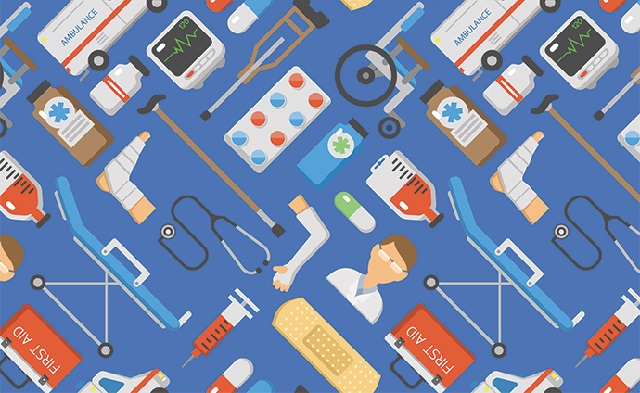
Federal officials are targeting telemedicine programs to improve mental health counseling and tackle the nation’s opioid abuse epidemic in the latest round of Distance Learning and Telemedicine (DLT) grants.
Read the Article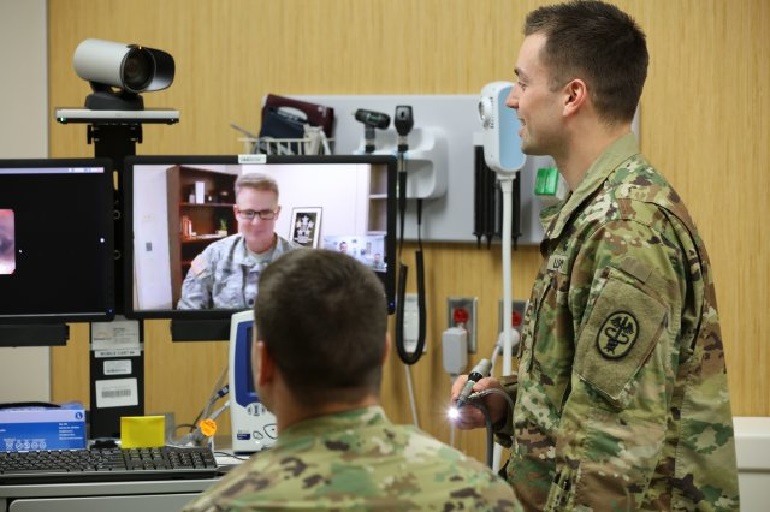
JOINT BASE SAN ANTONIO-FORT SAM HOUSTON, Texas -- Army Medicine bolstered its virtual health initiative by launching the Army Virtual Medical Center at Brooke Army Medical Center Jan. 4.
"This is an amazing opportunity for BAMC to leverage state-of-the-art technology to support military medical facilities and patients around the world and for our medical professionals to benefit from a readiness standpoint, always being connected to a network of health professionals with a uniting mission and sense of purpose," said Brig. Gen. Jeffrey Johnson, BAMC commanding general.
Read the Article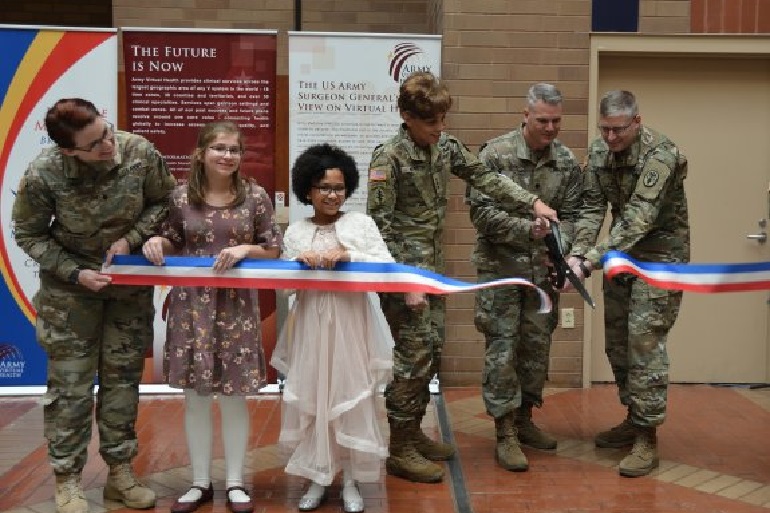
JOINT BASE SAN ANTONIO-FORT SAM HOUSTON, Texas -- Army Medicine bolstered its virtual health initiative by launching the Army Virtual Medical Center at Brooke Army Medical Center Jan. 4.
The kick-off ceremony featured demonstrations of cutting-edge virtual medical capabilities and a virtual ribbon cutting ceremony highlighting locations around the globe. The guest speaker for the event was Lt. Gen. Nadja West, The Surgeon General and commanding general, U.S. Army Medical Command.
Read the Article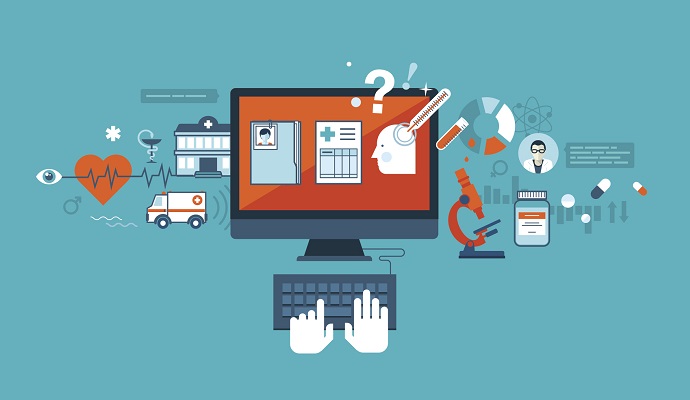
Most healthcare providers, patients, and industry stakeholders agree EHR technology has the potential to yield marked improvements in population health management, predictive medicine, and clinical decision-making. However, EHR use also introduces new risks to patient safety.
Read the Article
They did not lose limbs, but many veterans exposed to blasts in combat will eventually lose their minds. Just like athletes who endured repeated blows to the head, veterans are suffering from the same degenerative brain disease. Sharyn Alfonsi reports on chronic traumatic encephalopathy and its impact on combat veterans on the next edition of 60 Minutes, Sunday, Jan. 7 at 7:00 p.m., ET/PT.
Read the Article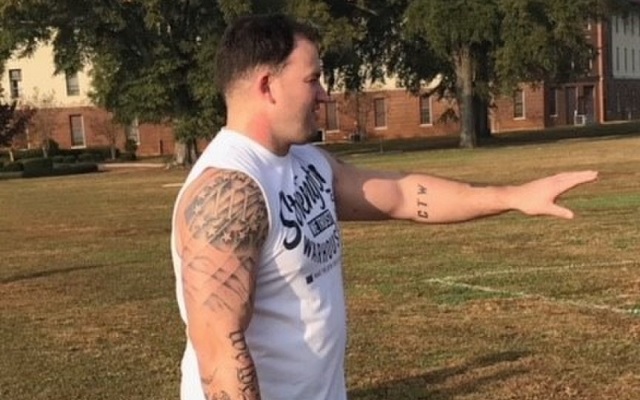
ARLINGTON, Va.- 'Readiness', noun - "The state of being fully prepared."
Readiness is not something the U.S. Army takes lightly. In fact, it's the number one priority for Army leadership. From the Chief of Staff of the Army, General Mark A. Milley on down to the battalion level, readiness is at the top of the list. So how do you reconcile "readiness" where our wounded, injured and ill are concerned?
Read the Article